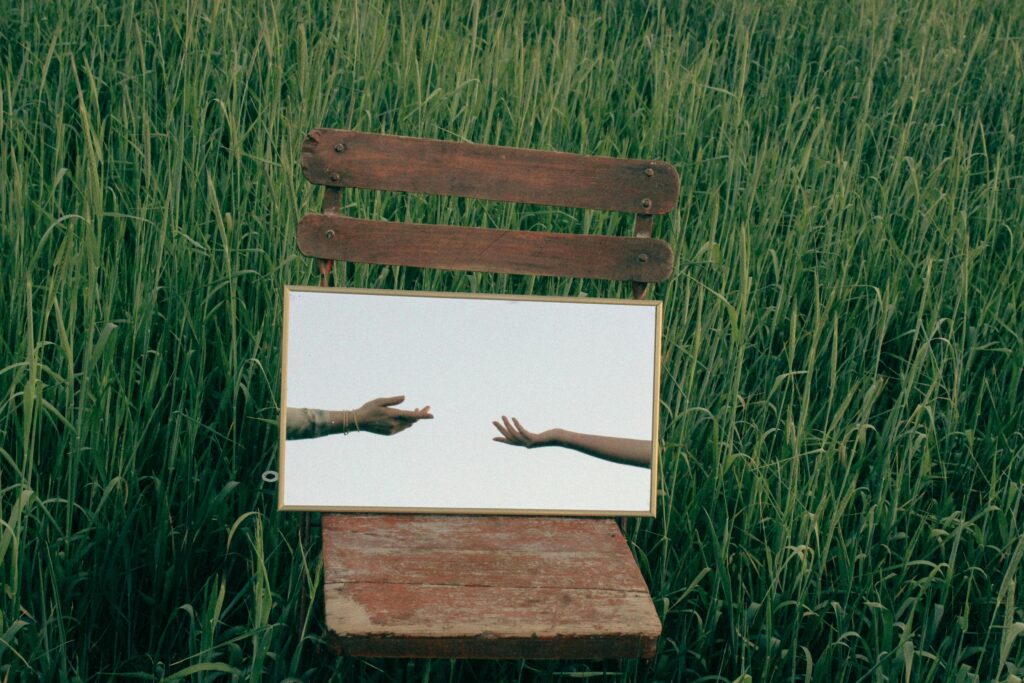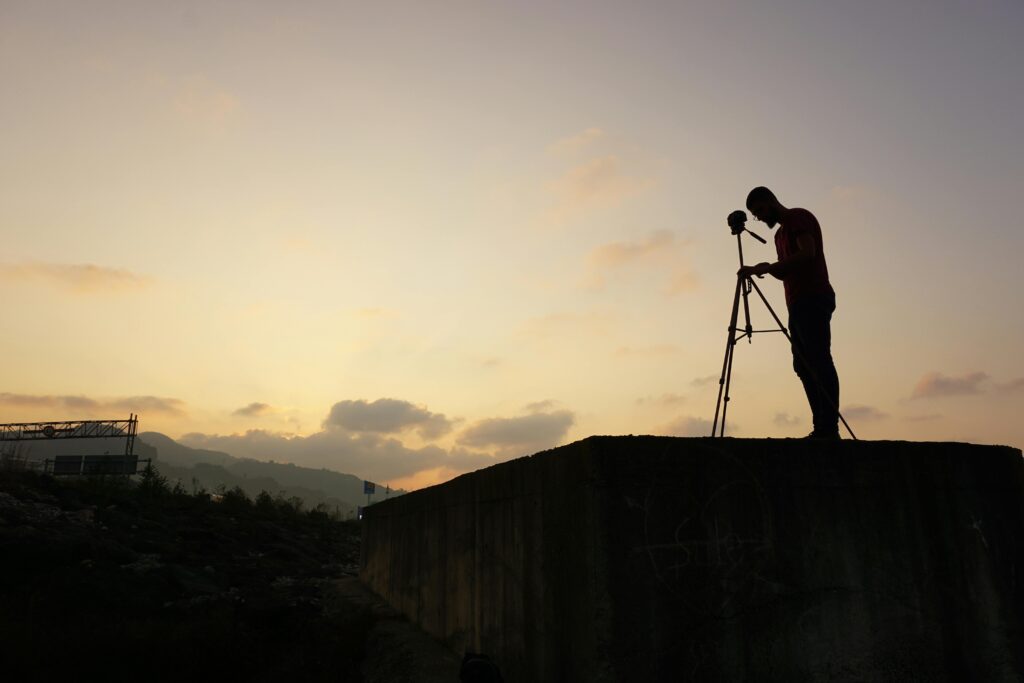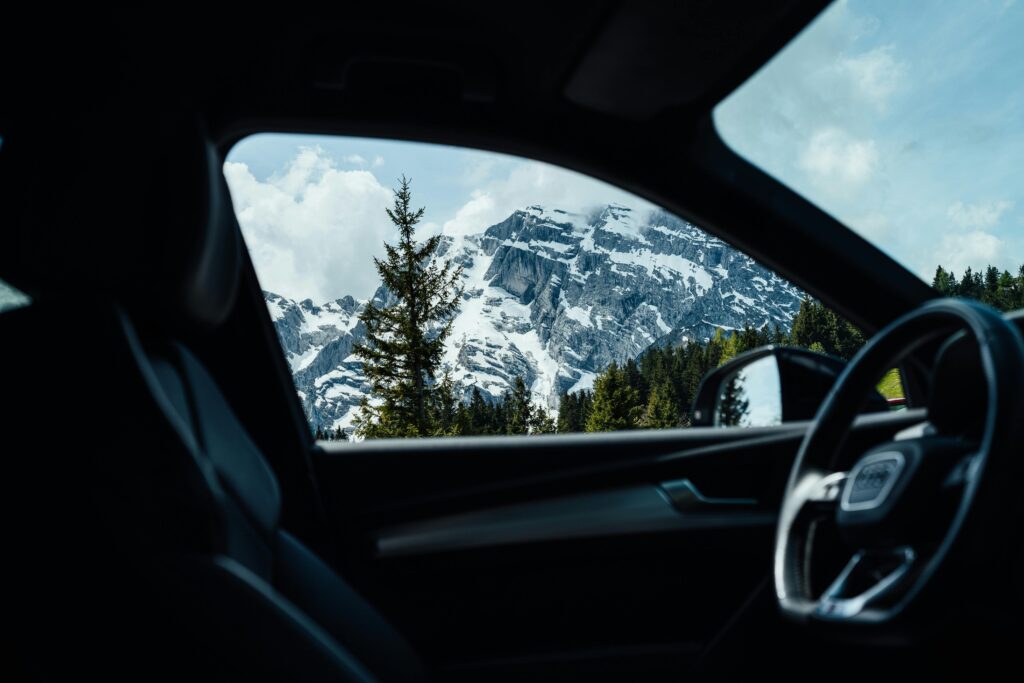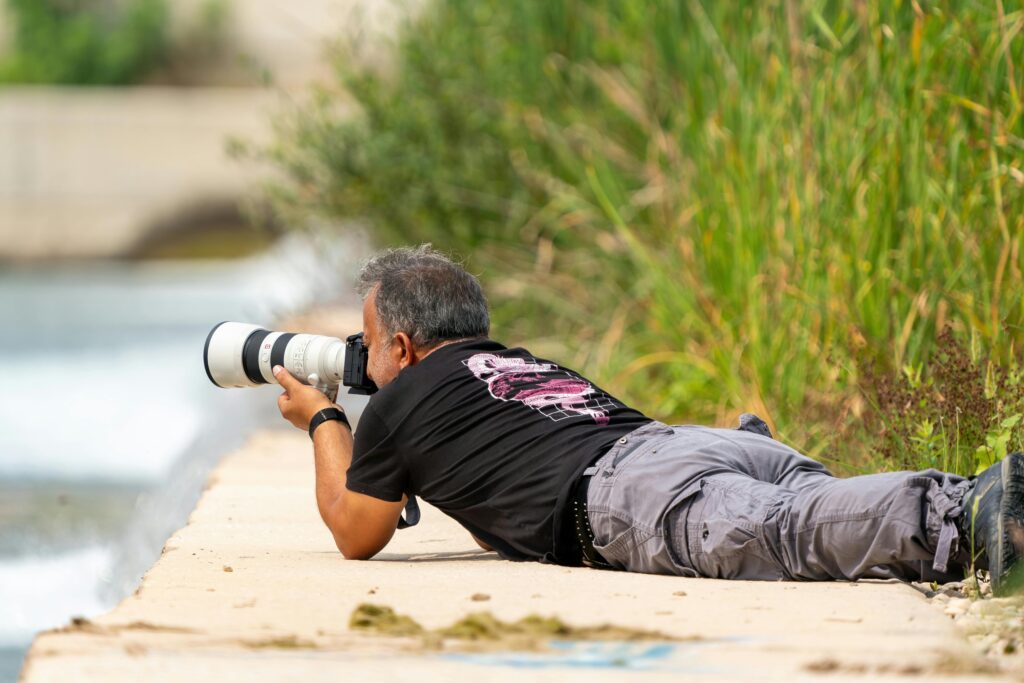In the age of hyperconnectivity, one might assume that people are more glued to their screens than ever. Ironically, that same digital world has given rise to a growing movement centered on disconnecting from urban chaos and reconnecting with nature. Over the past few years, outdoor-themed social media accounts have surged in popularity, attracting millions of followers worldwide. From breathtaking mountain hikes to serene camping spots and adrenaline-fueled adventures, outdoor content is dominating platforms like Instagram, TikTok, YouTube, and Pinterest.
So, what’s behind this green wave online? Why are so many creators and viewers flocking to nature-based content? In this blog post, we’ll explore the reasons behind the rise of outdoor social media accounts, how they shape trends and lifestyles, and what this means for brands, influencers, and nature enthusiasts alike.

1. The Pandemic’s Role in Shifting Perspectives
One of the most significant catalysts for the rise of outdoor content was the COVID-19 pandemic. Lockdowns, social distancing, and the mental toll of prolonged indoor isolation prompted a mass return to nature. Hiking, camping, and road-tripping became not just hobbies but essential escapes for people seeking peace and purpose.
With international travel limited, local nature tourism skyrocketed. Creators began documenting their backyard adventures, national park trips, and simple moments under the stars. Viewers, hungry for fresh air and inspiration, eagerly followed.
Suddenly, a sunset over a mountain peak wasn’t just a pretty picture—it was hope, healing, and a reminder that freedom still existed.
2. A New Breed of Influencers: The Outdoor Creators
Gone are the days when social media influence was reserved solely for fashionistas and tech reviewers. Outdoor influencers have carved out a niche that combines adventure, lifestyle, fitness, and environmental consciousness. These creators offer value beyond aesthetics—they provide information, motivation, and a vision of a more grounded, balanced life.
Some of the most popular outdoor content creators include hikers, rock climbers, vanlifers, surfers, and nature photographers. They often double as environmental advocates, promoting sustainability, conservation, and Leave No Trace ethics.
Their content resonates not just because it’s beautiful, but because it feels authentic. Dirt-streaked faces, morning coffee brewed on a camp stove, and the sound of birds in the background—these details create a rawness that contrasts sharply with the polished, curated posts of traditional influencers.

3. Visual Storytelling at Its Best
Nature lends itself naturally to captivating visuals. Vibrant landscapes, ever-changing weather, and dynamic activities like hiking or mountain biking make for engaging, scroll-stopping content.
Platforms like Instagram and Pinterest are inherently visual, and outdoor posts tend to perform exceptionally well with their algorithms. A single panoramic photo of a forest can evoke emotion, nostalgia, and wanderlust. Meanwhile, TikTok and YouTube creators use cinematic editing, drone shots, and natural soundscapes to draw viewers into their adventures.
Outdoor content also benefits from seasonality—there’s always something new to showcase. Autumn foliage, winter snowshoeing, spring blooms, or summer swims all offer fresh inspiration year-round.
4. Mental Health & Mindfulness: The Power of Green Spaces
As mental health awareness continues to grow, people are turning to nature as a source of healing. Studies have shown that time spent in green spaces can reduce stress, anxiety, and depression. Social media users, especially younger generations, are hungry for content that soothes rather than overstimulates.
Outdoor influencers frequently share their personal mental health journeys, promoting hiking as therapy, solitude as medicine, and the outdoors as a sacred space for self-reflection. This kind of content builds deeper connections with audiences, going beyond surface-level engagement.
The message is clear: nature isn’t just a backdrop—it’s a remedy.
5. The Rise of Van Life, Off-Grid Living, and Slow Travel
Van life and off-grid living content have exploded online. Hashtags like #vanlife, #tinyhome, and #digitalnomad have amassed billions of views. These lifestyles promise freedom, flexibility, and a break from consumerism—all deeply appealing in our increasingly chaotic world.
Outdoor social media accounts that embrace these movements often document minimalist lifestyles, alternative living setups, and sustainable travel practices. Viewers find inspiration in the simplicity, self-sufficiency, and sense of adventure that comes with these ways of living.
What began as niche communities has evolved into global subcultures with their own aesthetics, philosophies, and online followings.

6. Brands and Marketing: The Business of the Outdoors
The growing popularity of outdoor content hasn’t gone unnoticed by brands. Outdoor gear companies, travel agencies, eco-tourism firms, and wellness brands have all turned to influencers and creators to market their products and services authentically.
Partnerships between outdoor influencers and brands are often built on shared values—sustainability, adventure, exploration—making them highly effective. Product placements feel less like ads and more like trusted recommendations from a friend.
Additionally, affiliate marketing, YouTube monetization, and content licensing have allowed many outdoor creators to turn their passions into profitable careers. This economic ecosystem continues to expand as more brands invest in influencer-driven storytelling.
7. Challenges & Criticisms of Outdoor Content
Despite its popularity, the rise of outdoor social media accounts isn’t without controversy. Critics argue that the commercialization of nature can lead to over-tourism, environmental degradation, and the glamorization of potentially dangerous activities.
Some creators have been called out for geotagging fragile locations, promoting unsafe behavior for the sake of likes, or failing to respect Indigenous lands and wildlife.
Responsible creators address these concerns by educating followers on Leave No Trace principles, practicing cultural sensitivity, and encouraging off-the-beaten-path exploration.
It’s a reminder that with influence comes responsibility.

8. The Democratization of Adventure
Perhaps one of the most beautiful outcomes of this trend is the way it’s democratized outdoor experiences. Historically, adventure and travel were luxuries reserved for the wealthy. Now, with smartphones, budget-friendly gear, and online resources, more people than ever can explore the outdoors and share their journeys.
Communities that were once underrepresented in the outdoor world—people of color, women, people with disabilities—are finding their voice and visibility online. Outdoor social media accounts are becoming more diverse, inclusive, and representative of the real world.
This shift is not just about who gets to go outside, but who gets to be seen doing it.
9. Tips for Starting Your Own Outdoor Social Media Account
Inspired to start your own account? Here are some tips:
- Find Your Niche: Are you a hiker, camper, biker, or all of the above? Define your unique voice.
- Invest in Quality Visuals: A decent phone camera and good lighting go a long way.
- Be Authentic: Share your real experiences—the good, the bad, and the muddy.
- Engage Your Community: Respond to comments, share tips, and build relationships.
- Stay Safe and Respectful: Educate yourself on trail etiquette, conservation, and cultural awareness.
10. Where Do We Go From Here?
The trend toward outdoor living and digital storytelling shows no signs of slowing down. As climate concerns grow and mental health remains a global issue, people will continue to look to nature for solutions, and to social media for inspiration and connection.
Whether you’re an influencer, a weekend adventurer, or just someone looking to escape the scroll with a dose of fresh air, the outdoor community online offers a space to breathe, connect, and dream.
So pack your bag, charge your camera, and go find your next view. The world is waiting—and it’s more beautiful than any algorithm.
